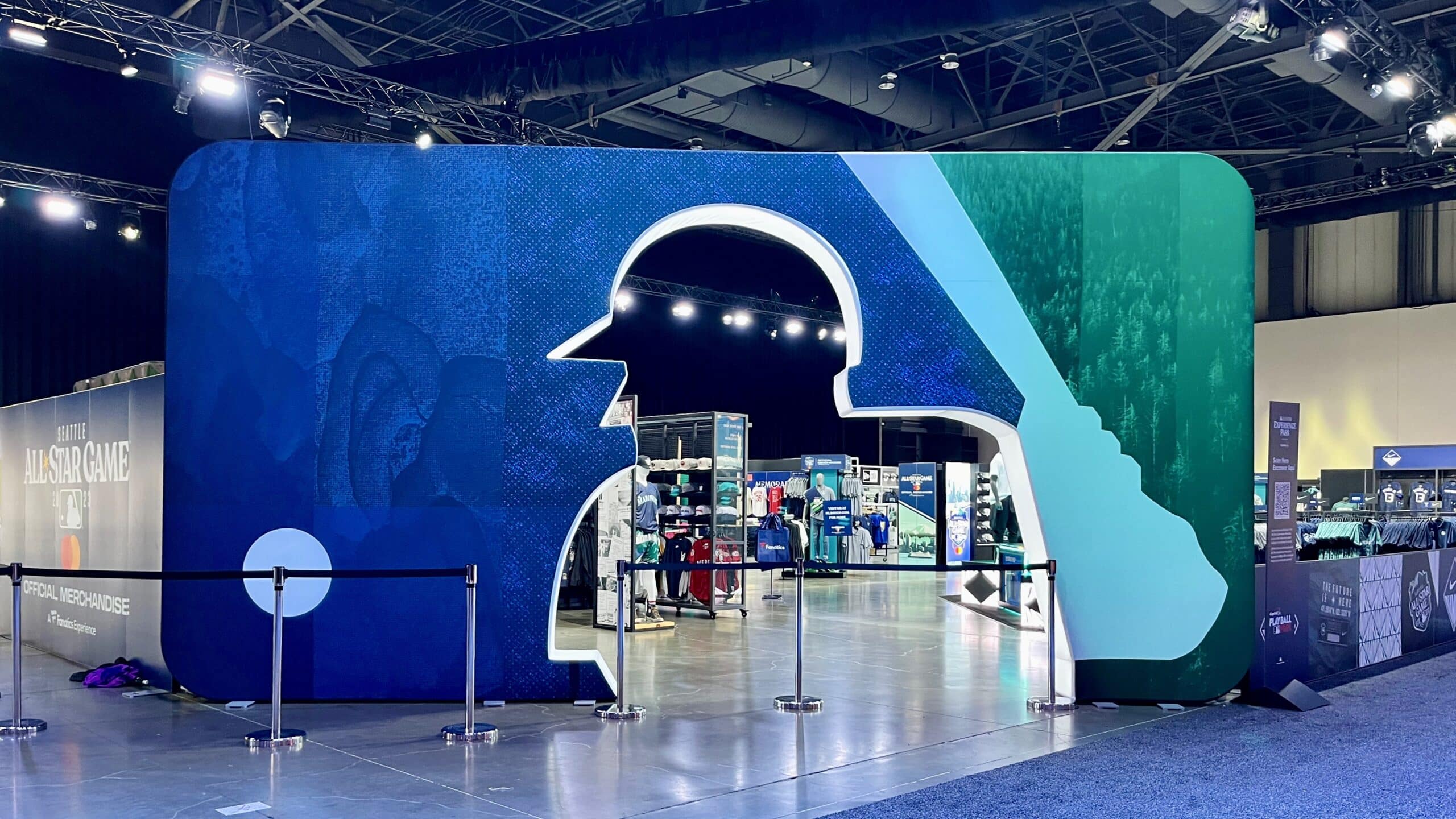As organizations race their competitors to deliver new applications and optimize business processes, Gartner projects sales for low-code development technologies to grow by 19% over the next four years to reach $44.5 billion by 2026.
Democratization, hyperautomation, and composable systems and business initiatives will be the key drivers accelerating the adoption of low-code technologies, according to Gartner. The concept of composable business strategy requires organizations to break down services and processes into microservices or packaged business capabilities, and putting together new offerings by merging these building blocks.
Low-code development technologies enable business users and citizen developers with little to no coding experience to develop apps based on business needs. It is usually in a simple drag and drop format with prewritten program code that can be easily customized, according to the need of the user.
Citizen developers drive growth
By 2026, developers outside of formal IT departments will account for at least 80% of the user base for low-code development tools, up from 60% in 2021, due to multitudes of citizen development and executive-sponsored democratization initiatives, Gartner notes.
“The high cost of tech talent and a growing hybrid or borderless workforce will contribute to low-code technology adoption,” Jason Wong, a Gartner analyst, said in a press release.
Due to the flexible, intuitive, and self-service features of low code development tools, business technologists and citizen technologists are developing “lightweight solutions to meet business unit needs for enhanced productivity, efficiency and agility; often as fusion teams,” he adds.
Other than this, citizen innovators also continue to leverage the tools to develop, automate and integrate their data, forms, and workflows.
Gartner breaks down the low-code technologies market into different categories, depending on what the low-code environments are used for. The categories are:
Low-code application platforms (LCAPs) are projected to be the largest component of the low-code development technology market, growing 25% to reach nearly $10 billion in 2023, Gartner notes. LCAPs require only text entry for formulae, or simple expressions.
Citizen automation development platforms (CADPs), while not the largest segment of the low-code market, are projected to grow at the fastest pace, with a 30.2% growth forecast for 2023.
Typical use cases for CADPs include automating personal and business unit workflows; building web- and mobile-based forms for employees, partners, and customers; bridging data and content across multiple SaaS applications; and creating reports and data visualizations within the platform to enhance productivity, according to Gartner.
75% of applications will be built on low code
By 2026, low-code development tools will account for 75% of new application development, up from 40% in 2021,Gartner says. This will be mainly because of pressure among organizations to adapt and evolve to new trends at a fast pace.
“Amid tech talent shortages, increasing citizen automation demands and speed application delivery, organizations will increasingly leverage low-code development technologies to solve their business challenges,” Gartner notes in its low-code market forecast.
The adoption of low-code development technologies will scale for both internal use cases within the organizations, and for supporting external projects, Gartner says. Within organizations, it would be adopted for citizen development initiatives, and for external projects, low code would be used by IT teams and professional developers to deliver light to moderately complex applications for customers.
Hyperautomation will accelerate growth
By 2026, at least four segments of the low-code development technology market (as listed above) will become an integral part of hyperautomation, employee experience and composable business strategies across 85% of large organizations, Gartner predicts.
As hyperautomation continues to grow both from the supply and demand side, intensifying skill shortages and economic pressures, it will push spending on various low-code technologies.
With the emerging concept of composable enterprise, investment in low-code technologies that support innovation and composable integration will grow, as they require agile application to create custom user experiences for new workflows and processes.
Copyright © 2022 IDG Communications, Inc.







